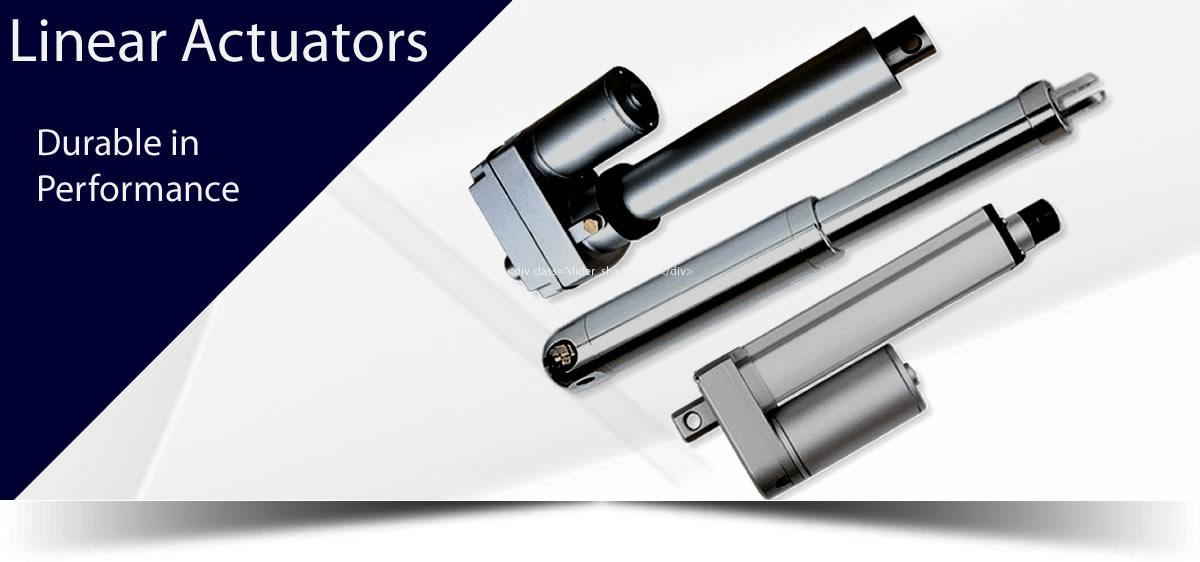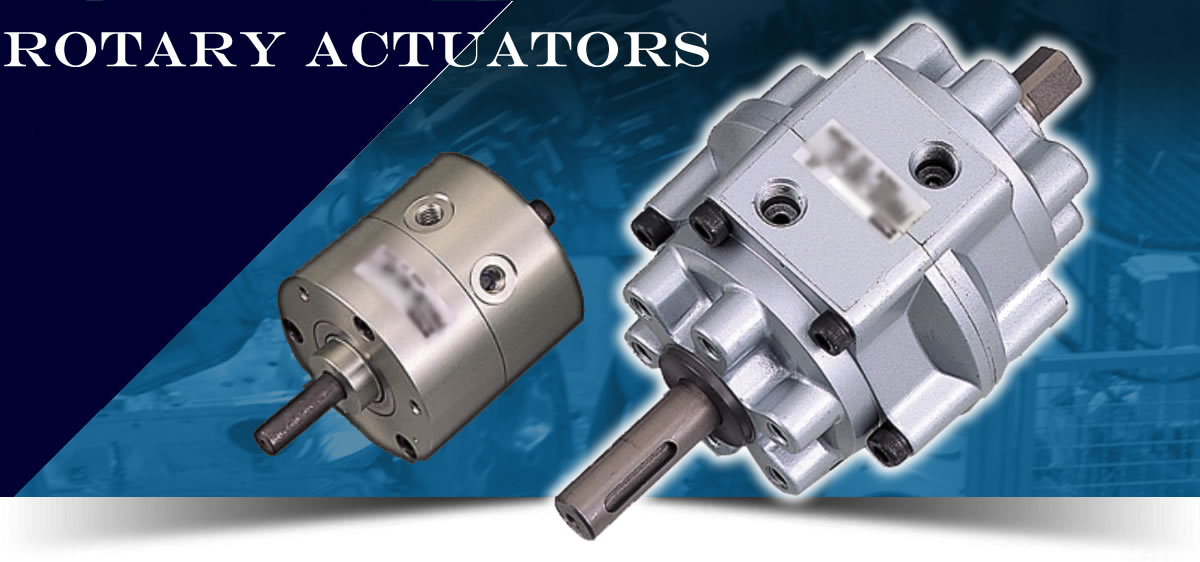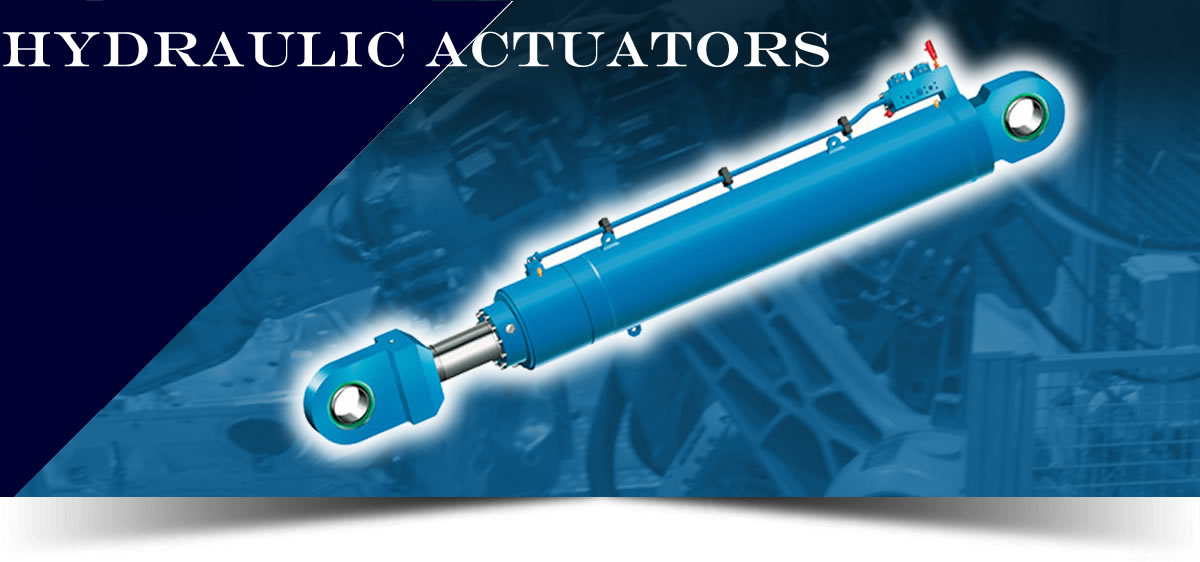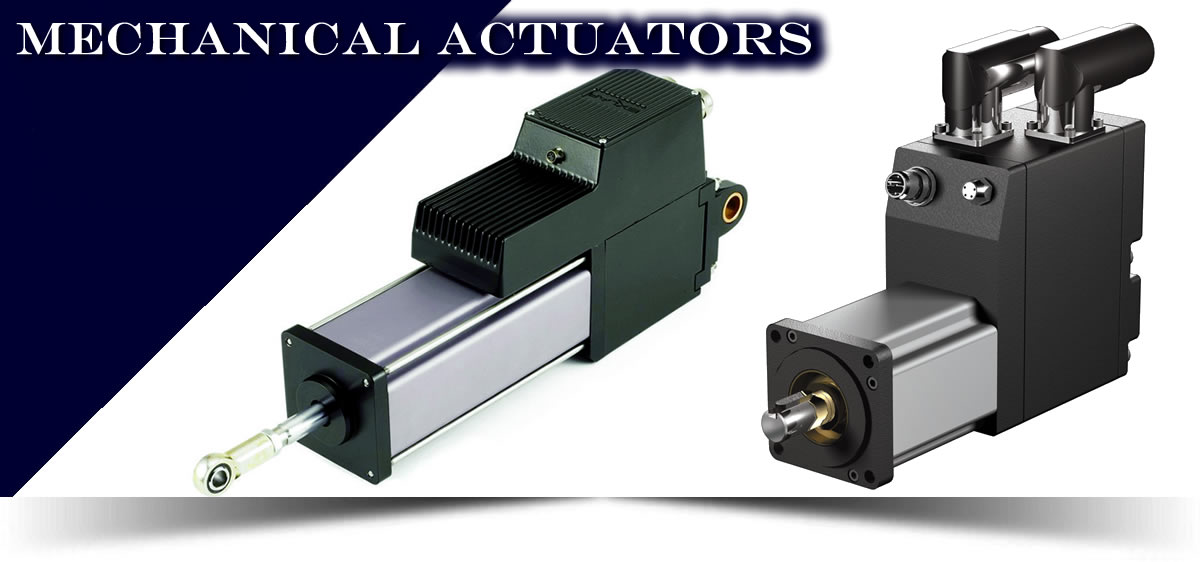LINEAR ACTUATORS :: 01 |
QUICK MENU |
- HOME
- AUTOMOTIVE
- AUTO ELECRICAL
- VDO GAUGES
- MARINE GAUGES
- SWITCHES & SENDERS
- HIGH JACK LIFT
- SPEEDOMETERS
- SHOCK ABSORBERS
- WARN WINCHES
- INDUSTRIAL GAUGES
- VISION LED LIGHTS
- CONTACT US

DOWNLOAD CATALOGUES
Contact
Please feel free to Contact us (Mondays - Thursday) 8am - 5pm
(Fridays) 8am - 4:30pm
Phone: 011 326 4146
Email: adriang@lantic.net
Contact Us


-

AUTOMOTIVE - ACTUATORS
Linear Actuators Description
Linear actuators are designed to generate mechanical linear motion by converting other forms of energy into mechanical energy. An actuator is usually an integral part of a motion control system in an automated assembly process. Linear actuators are almost always computer-controlled, although some can be guided by hand. A linear actuator can be powered by hydraulic, pneumatic, mechanical, electromechanical and piezoelectric force.
One purpose and application of linear actuators is to act as a mechanism that can transmit a very precise amount of energy to another mechanism or piece of equipment in a system. Linear actuator manufacturers contribute to the function of robotic processes in many different industries, including automotive, biotechnology, pharmaceuticals, food, packaging and electronics.Linear Actuator Specification
Input Voltage 12V DC Stroke 4 - 24 inches Force 200 lbs and 600 lbs Speed 0.39"/sec (600 lbs); 1.60"/sec (200 lbs) Protection Class IP54 Operational Temperature -25C~+65C Linear Actuators Video
ROTARY ACTUATORS :: 03
ELECTRIC ROTARY ACTUATOR DESCRIPTION
Electric Rotary Actuators are electrically powered, mechanical devices consisting of motors and output shaft mechanisms with limited rotary travel which are used to convert electrical energy into rotational motion. Key specifications include the intended application; drive method, number of positions, output configuration, mounting configuration, as well as physical dimensions and electrical characteristics as required.
Electric rotary actuators are used primarily in automation applications when a gate, valve, etc. requires controlled movement to particular rotational positions. They are used in a wide range of industries where positioning is needed. The actuators are driven by various motor types, voice coils, etc. Typical applications include quarter-turn valves, windows, robotics, etc.ELECTRIC ROTARY ACTUATOR FEATURES
Sizes 10, 15, 20, 30 Rotation angles: 4 - 24 inches Stainless steel vane shaft Low pressure operations Sensor mounting: Allows adjustment through entire range of travel Operational Temperature -25C~+65C ROTARY ACTUATOR VIDEO
HYDRAULIC ACTUATOR :: 03
HYDRAULIC ACTUATOR DESCRIPTION
Hydraulic actuators consist of a cylinder or fluid motor that utilizes hydraulic power to facilitate mechanical process. The mechanical motion gives an output in terms of linear, rotary or oscillatory motion.
Since liquids are nearly incompressible, they take longer to gain speed and power and also slow back down, but they can exert great force. The hydraulic actuator also allows for very precise control of the movement produced.
In linear hydraulic actuators, a typical set-up is made up of a hollow cylinder that contains a liquid, usually oil, and a piston that is inserted in it. When pressure is applied onto the piston, objects can be moved by the force produced. Hydraulic actuators can be operated manually, such as a hydraulic car jack, or they can be operated through a hydraulic pump, which can be seen in construction equipment such as cranes or excavators.HYDRAULIC ACTUATOR FEATURES
- Corrosion resistant
- Light weight
- Fine quality
HYDRAULIC ACTUATOR VIDEO
MECHANICAL ACTUATOR :: 04
MECHANICAL ACTUATORS DESCRIPTION
These actuators combine a brushless servomotor with either rotary or linear (output) actuation, assembling all elements into a compact, sealed housing for demanding environments.
With their built-in mechanical converters, our actuators eliminate the need for traditional ball screw or gear reducer mechanisms – they incorporate all the required position control and power electronics into the actuator itself, providing a complete system solution.
About Actuators
Any moving mechanical device which acts as a control part of a ship's system can be called a marine actuator. This mechanical device is externally controlled by a source of energy which in turn converts that energy into a control motion that can be linear or rotary in order to hold or stop an object in one position.
Linear Actuator Factors
- Speed: The linear actuators speed is a measure of how quickly the actuator can extend and retract.
- Stroke length: The stroke length of the actuator determines how far it can extend from its starting position.
- Load rating: When used to push or pull an object, the linear actuator will have to be able to handle the weight of that object in order to actually move it.
- Programmability requirements: Most linear actuators are used to perform automated tasks and, therefore, require at least some level of programming to interact with the system in which they are being used.
- Desired lifetime: Depending on the materials used, the environment to which the actuator is exposed, and the manufacturing quality, a linear actuator will have varying longevity.
- Type of motor and power: Linear actuators can be powered in many different ways, including electrically, hydraulically, and pneumatically, and there are many different types of motors used to generate that power.
- Power-to-weight ratio: While not always the case, larger actuators are typically capable of providing more power while smaller actuators provide less.



































